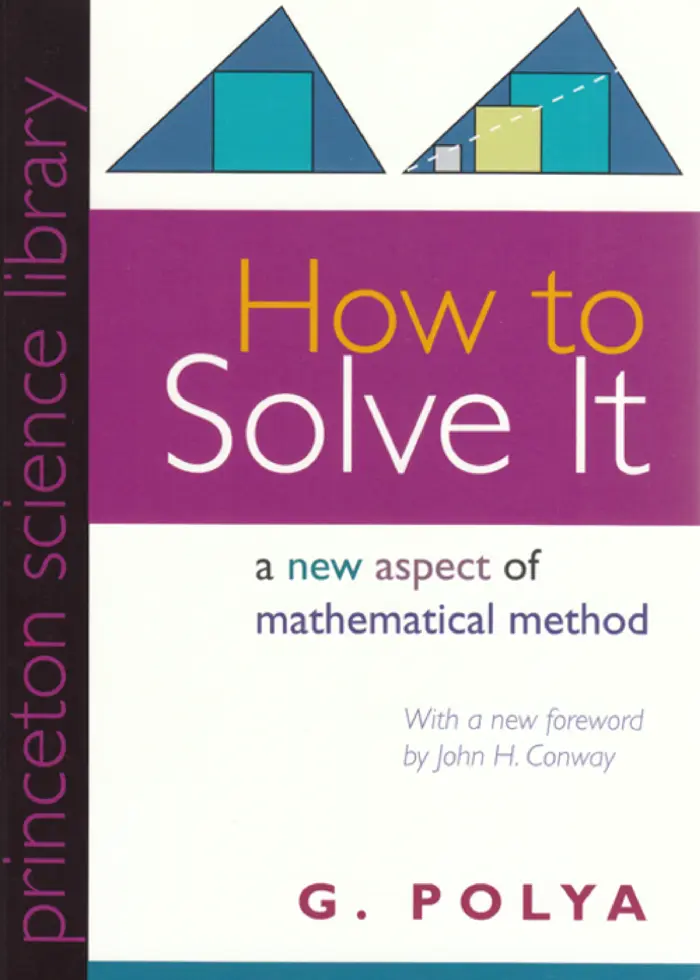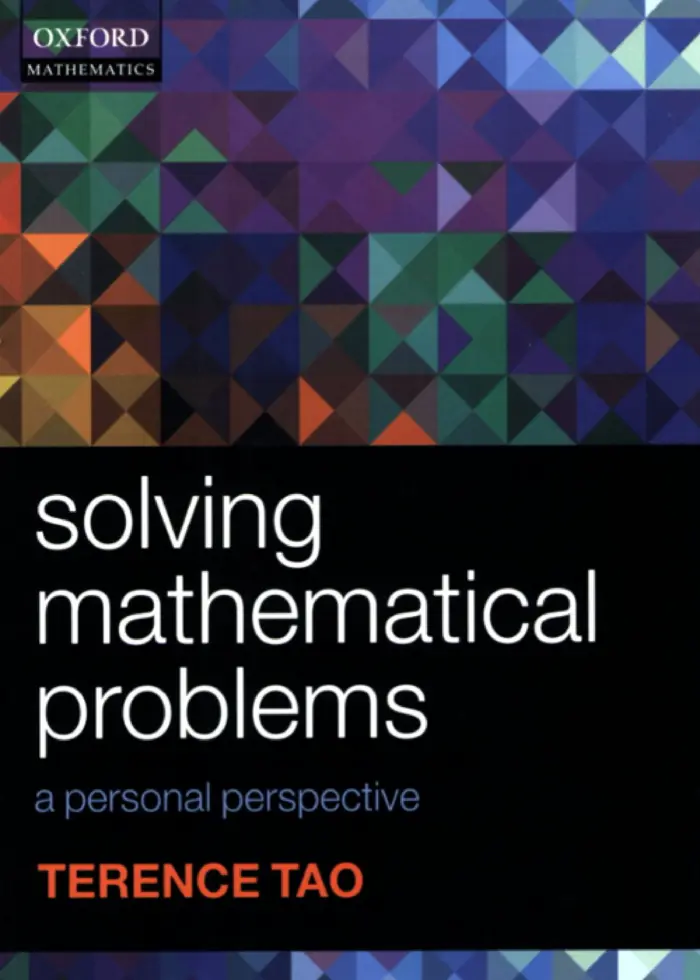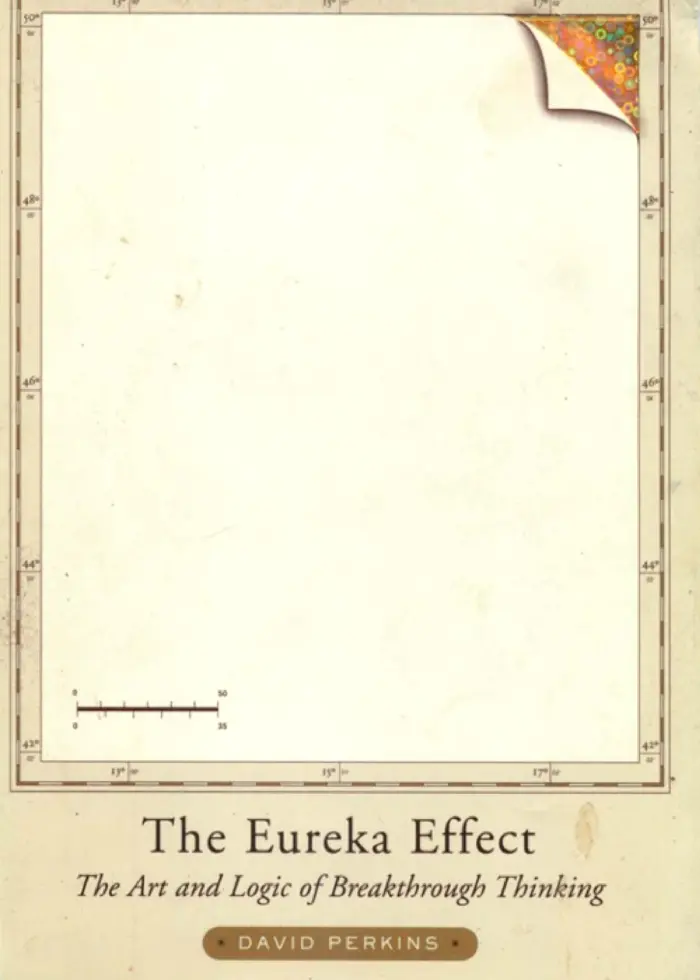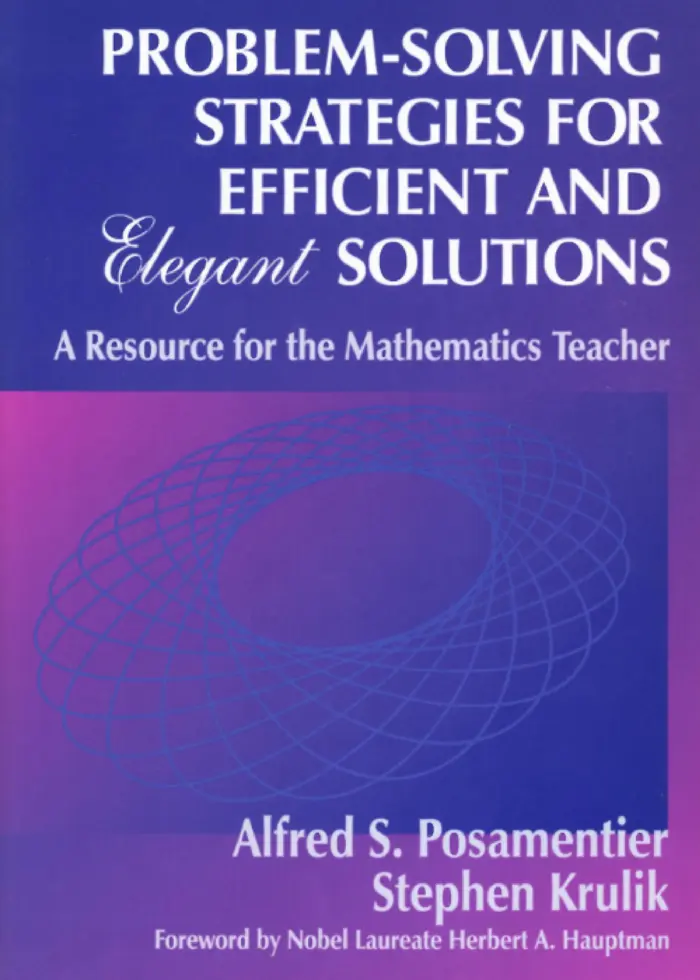How to Solve: Literature Samples
Table of Contents
- 24.1 SEMINAR
- 24.1.1 Math Problem-Solving Tools
- 24.1.2 Four Main Problem Solving Books
- 24.1.3 A Framework for Problem-Solving: Polya’s Principles
- 24.1.4 Power in Simplicity
- 24.1.5 Applying Polya: A Square Inscribed in a Triangle
- 24.1.6 Another Problem From Polya
- 24.1.7 Tao’s Problem Solving Book
- 24.1.8 Tao’s Favorite Identity
- 24.1.9 From Examples to Principles: Unveiling Tao’s Approach
- 24.1.10 The Road to Breakthroughs: Perkins’ Analysis
- 24.1.11 Perkins’ Puzzle: The Coin
- 24.1.12 Another Perkins Problem
- 24.1.13 Equipping Educators: Problem-Solving Strategies
- 24.1.14 Generalizing the Seating Problem
- EXERCISES
24.1 SEMINAR
24.1.1 Math Problem-Solving Tools
In this seminar, we look a bit around in the literature and collect problem solving strategies. We have seen already a few methods:
Already seen principles
- Induction (Theorem on unique row reduced echelon form)
- Contradiction (Clairaut theorem)
- Deformation (Hopf Umlaufsatz)
- Invariant (Morse indices on island)
24.1.2 Four Main Problem Solving Books
We will introduce a few more principles and tips and take the opportunity to introduce a bit the literature. We look at \(4\) books:




24.1.3 A Framework for Problem-Solving: Polya’s Principles
The mother of all problem solving books is Polya’s "How to solve it" which was published in 1945. If you read and absorb this book, you immediately get measurably stronger in math. Still after more than 70 years, it is the best. Here are the now famous Polya principles:
Polya principles
- Understand the problem: unknowns, data, draw figure.
- Devise a plan: similar or related problem?
- Carry out the plan: check each step.
- Examine the solution: can other problems be solved as such?
24.1.4 Power in Simplicity
This sounds a bit like "open the door, step through the door, close the door" advise to "how to exit the house". But it is amazing to see the power in a method. Why is it powerful? Because if one sees a harder problem the first time, one is totally lost. (Proof: if not, then the problem was easy...) Where do we start? This is where it is good already to have a guide telling you: well, just first start to understand the problem.
24.1.5 Applying Polya: A Square Inscribed in a Triangle
Here is an example of a problem in geometry which is mentioned in Polya’s book. The problem is featured even on the cover of some later editions of the book.
Problem A: Inscribe a square \(Q\) in a triangle \(T\) so that two vertices of \(Q\) on the base of \(T\) and the other sides of \(T\) each contains a vertex of \(Q\).
24.1.6 Another Problem From Polya
And here is another problem from Polya, slightly reformulated. Work out also this problem using the Polya principles:
Problem B: Water is flowing with a constant rate of one cubic meter per second into a conical vessel \(x^{2}+y^{2}=z^{2}\), \(z \geq 0\). At which rate is the water level rising if the water depth is \(z\) meters?
24.1.7 Tao’s Problem Solving Book
The second best book in our collection is "Solving mathematical problems" by Terrence Tao. Why? Like Polya, also Tao has proven new important theorems (many as a single author) and so got some street cred. Here are some problems from his book:
Problem C: An integer \(n\) has the same last digit than \(n^{5}\).
Problem D: If \(k\) is a positive odd number, then \(1^{k}+2^{k}+\cdots+n^{k}\) is divisible by \(n+1\).
24.1.8 Tao’s Favorite Identity
Tao calls the following identity "his favourite algebraic identity". We have done the case of the sum of the first \(n\) squares in a practice exam.
Problem E: \(1^{3}+2^{3}+\cdots+n^{3}=(1+2+ \cdots +n)^{2}\).
24.1.9 From Examples to Principles: Unveiling Tao’s Approach
Tao does not give a formal list of strategies, but explains in an example on page \(4\) the following principles. We paraphrase here these "deformation principles":
Tao’s deformation principles
- Consider special, extreme or degenerate cases.
- Solve a simplified version of the problem
- Formulate a conjecture
- Derive intermediate steps which would get it.
- Reformulate, especially try contraposition.
- Examine solutions of similar problems
- Generalize the problem
24.1.10 The Road to Breakthroughs: Perkins’ Analysis
The book of Perkins analyses skillfully the mechanisms of break through ideas. It distills the following mechanism for break through ideas. It captures it pretty well, since problems which are solved quickly rarely cover new ground.
Perkins
- Long search. \(99\) percent perspiration. Work for years or decades.
- Little apparent progress. Many failures.
- A precipitating event. Maybe external circumstances.
- A cognitive snap. Usually in a flash. Eureka!
- Transformation. Flesh it out. Consequences.
24.1.11 Perkins’ Puzzle: The Coin
The following exercise is from Perkin’s book. Try to solve it yourself and also keep track on how you pursue the task to solve the problem.
Problem F: Someone brings an old coin to a museum director and offers it for sale. The coin is stamped 540 B.C.E. Instead of considering the purchase, the museum director calls the police. Why?
24.1.12 Another Perkins Problem
If this was too easy (experiments show that some people can answer it very quickly. For others it takes longer), try this one, also from Perkins:
Problem G: You are driving a jeep through the Sahara desert. You encounter someone lying face down in the sand, dead. There are no tracks anywhere around. There has been no wind for days to destroy tracks. You look into the pack on the person’s back. What do you find?
24.1.13 Equipping Educators: Problem-Solving Strategies
The book of Posamentier and Krulik is more intended for the teacher and less for the research mathematician. It goes through the following principles
Posamentier-Krulik
2
- Reason logically
- Recognize patterns
- Work backwards
- Adopt different view
- Consider extreme cases
- Solve simpler problems
- Organize data
- Make a picture
- Account all possibilities
- Experiment, guess and test
24.1.14 Generalizing the Seating Problem
Here is a strategy which often occurs: "make it more general". In the book "Posamentier-Krulik: Problem-Solving-Strategies in mathematics" for example is the problem:
Problem H: We have a \(5 \times 5\) seating arrangement of students. The teacher wants every student to change place and move to a seat to the left, right, front or left. It it possible? Solve this problem by looking first at smaller classrooms like \(2 \times 2\) or \(3 \times 3\) or \(2 \times 3\). In which cases is it possible?
Once you have an idea, prove the statement.
EXERCISES
Exercise 1. A nursery rhyme is the riddle "As I was going to St. Ives, I met a man with seven wives, Each wife had seven sacks, Each sack had seven cats, Each cat had seven kits: Kits, cats, sacks, and wives, How many were there going to St. Ives?" Pretend not to know the answer, solve the riddle and follow the Polya principle. The rhyme was inspired by one of the oldest problems texts in math, the Rhind Papyrus. But it was a more serious question which translates: "how many kits came from St Ives"?
Exercise 2. (Tao) The perpendicular bisectors in a triangle meet in a point.
Exercise 3. (Tao). Find all triangles for which the length have an arithmetic progression \(a\), \(a+d\), \(a+2 d\).
Exercise 4. Here are a few children riddles. We hope you don’t know all of them (if you know the answer there is little benefit). Keep a log of how you search for an answer:
- I’m tall when I’m young and I’m short when I’m old. What am I?
- What gets wetter and wetter the more it dries?
- What can run but can’t walk?
- What is full of holes and still holds water?
Exercise 5. In the \(\boldsymbol{15}\) puzzle (invented in 1874 by Noyes Palmer Chapman) each the numbers \(1\)-\(15\) are arranged in a \(4 \times 4\) grid. There is one hole \(0\) left. The task is to reorder a scrambled puzzle so that all numbers are in order and \(0\) at the very bottom right. The player can switch \(0\) with a neighboring piece. Sam Loyd suggested to start with stone \(14\) and \(15\) switched. and offered \(1000\) dollars for a solution, Prove that one can not win the prize.